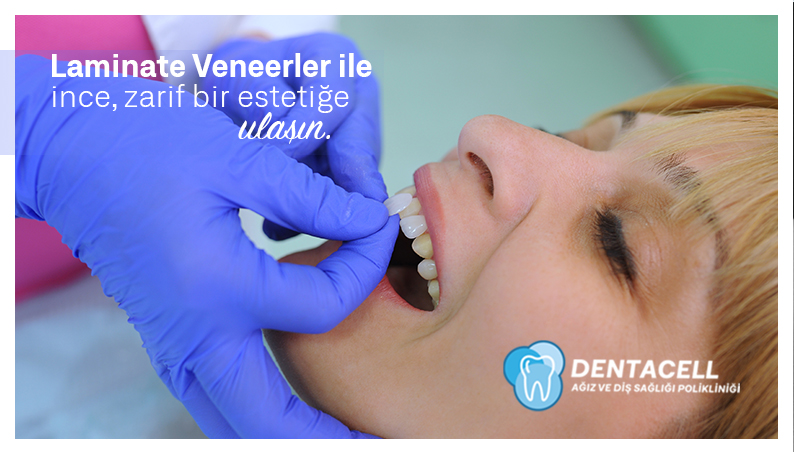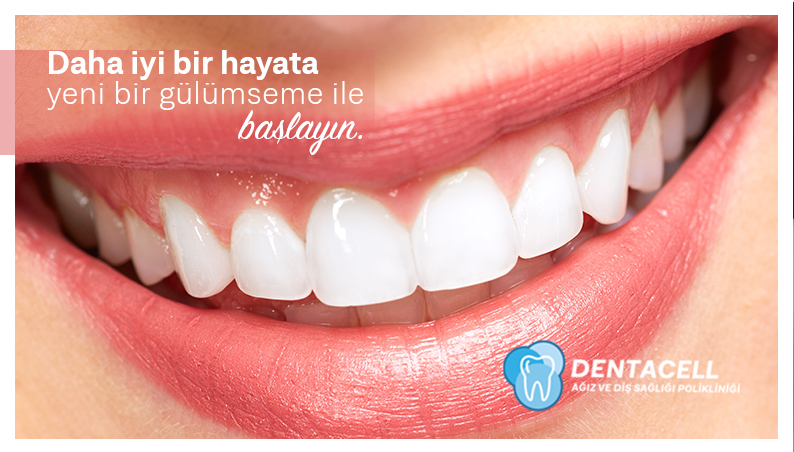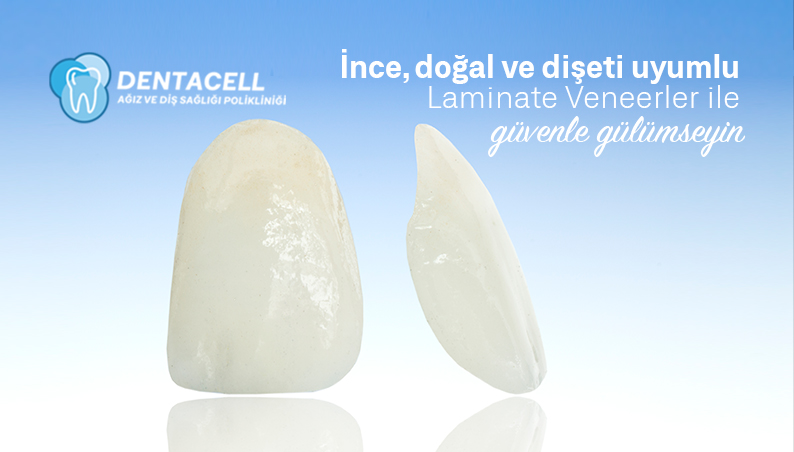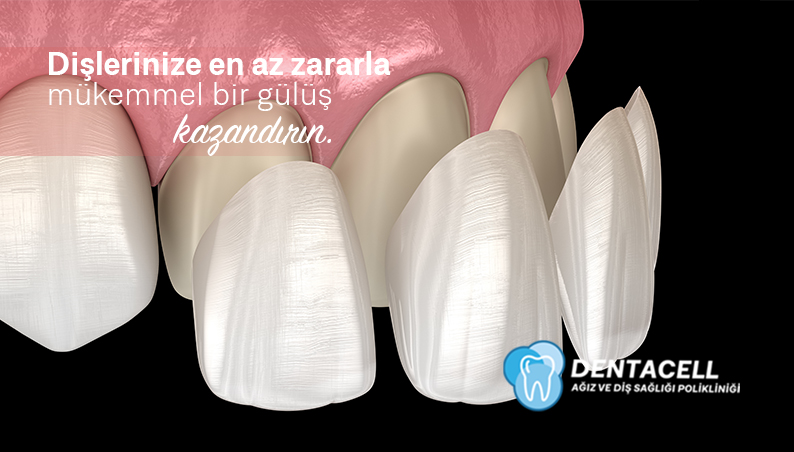Porcelain Laminated Veneer
Porcelain laminated veneer is formed by the combination of Latin laminate (leaf) veneer (coating) words, and it is the process of adhering only porcelain leaves prepared in prosthetic nail style by abrading only the externally visible front surfaces of the teeth without anesthesia.
Porcelain laminates are fragile on their own. However, thanks to the newly developed bonding resin systems, the breaks that can occur by adhering to the surfaces of the teeth very tightly are minimized.
The biggest advantage of laminates over classical systems is that it is a conservative treatment. In standard treatments, all surfaces of the teeth are abraded by 1.5-2 mm. In this system, only the front surface of the dors is abraded by 0.5-0.7 mm.
In classical systems, patients get used to their teeth after a long time after the prosthesis is installed. In laminates, the surfaces of the teeth facing the mouth do not have any adaptation problems since the patient has his tooth.
It does not create a dark appearance in gray shade or fluorescent light, neon (light system in entertainment places) light or flashes encountered in classical systems since there is no metal in its infrastructure.
Color does not change with factors such as tea, coffee, cigarettes and cola.
Since they are produced with advanced technology, there is no problem of height, abundance, as in metal porcelain, there is 100% adaptation.





